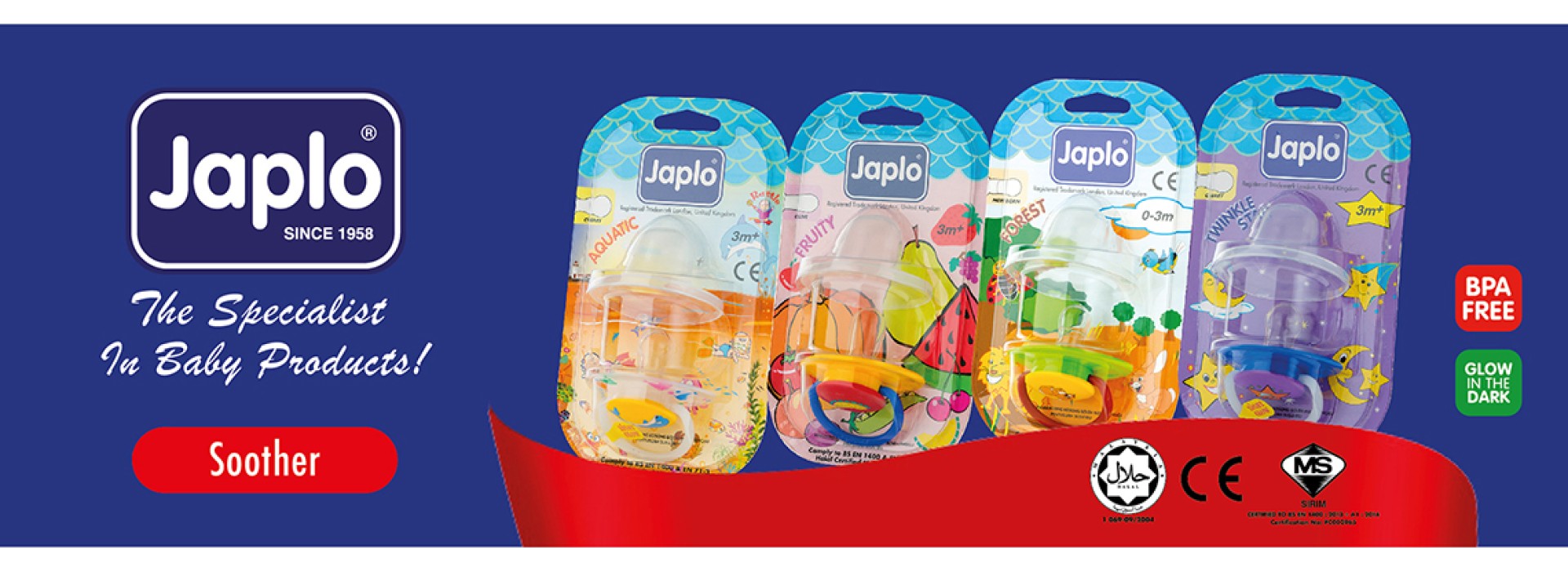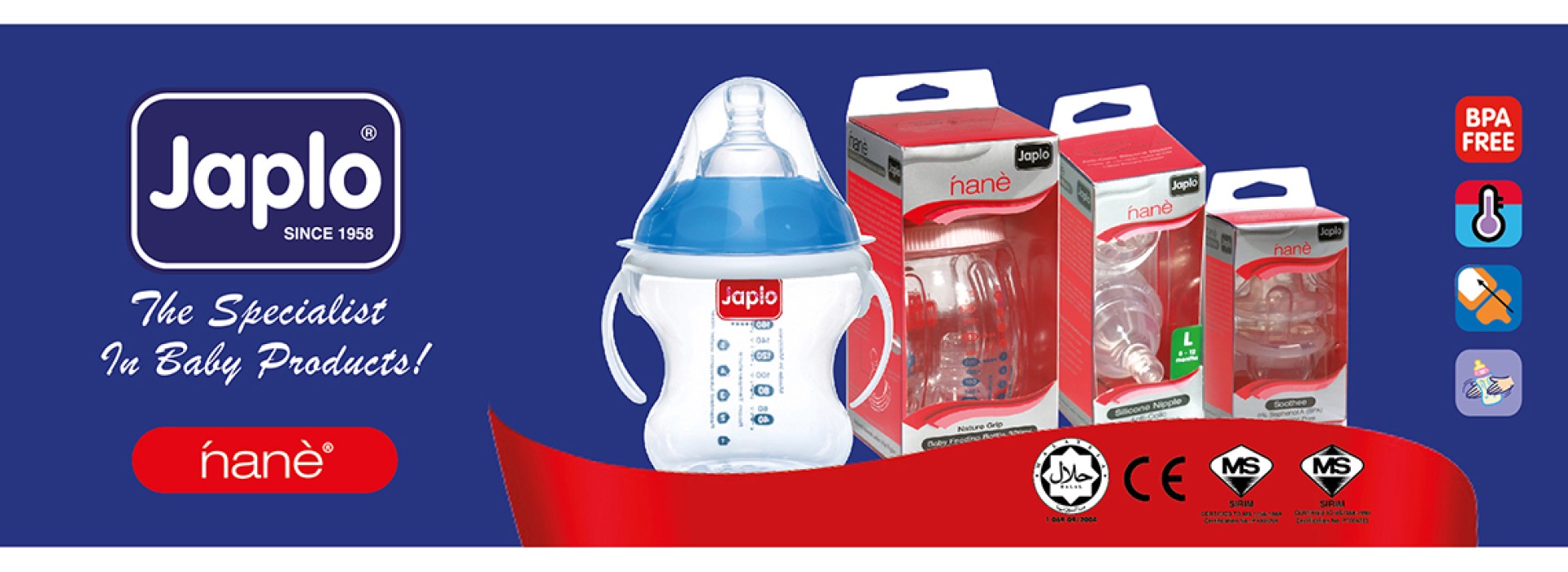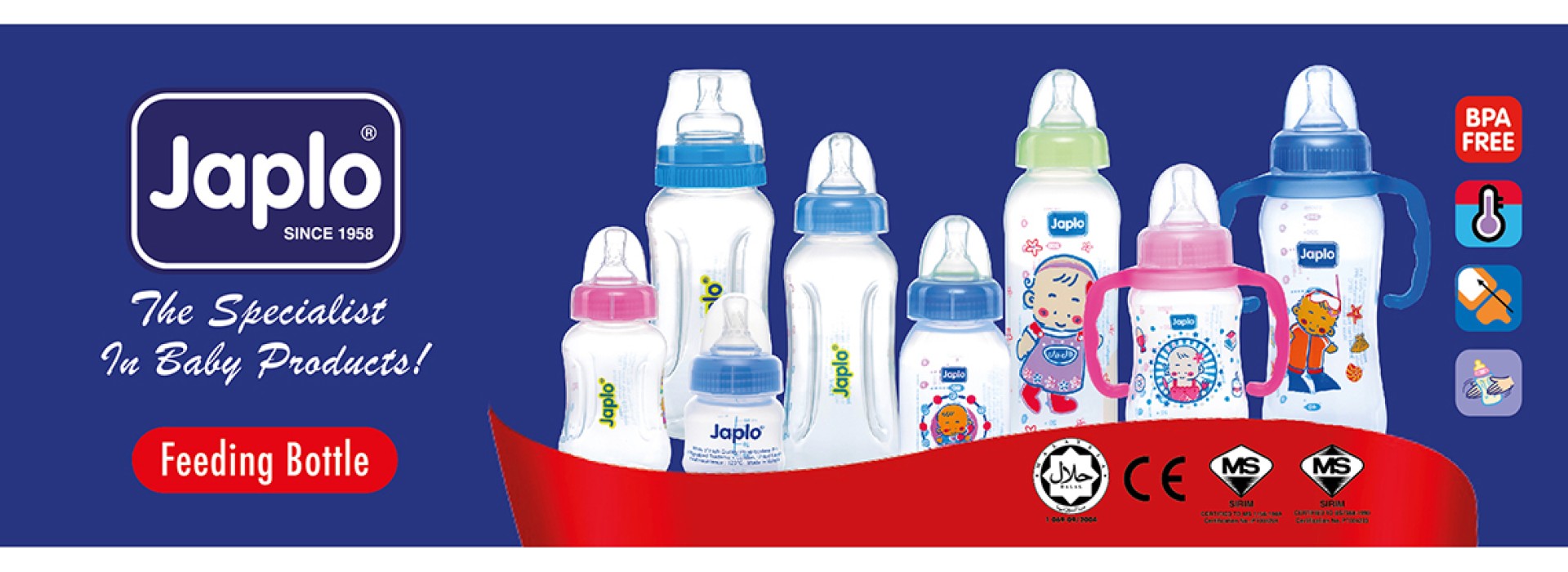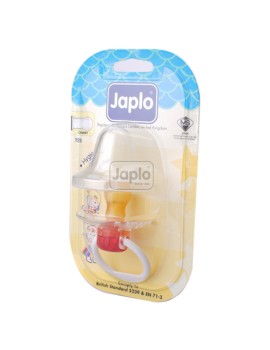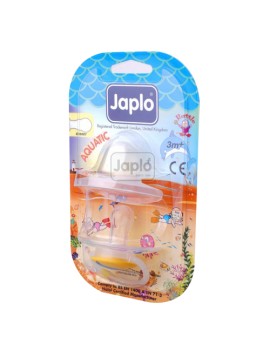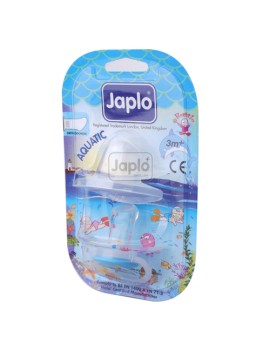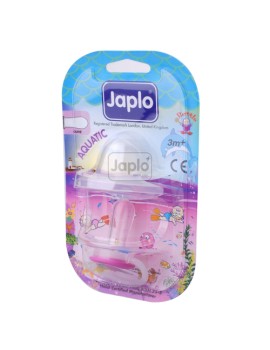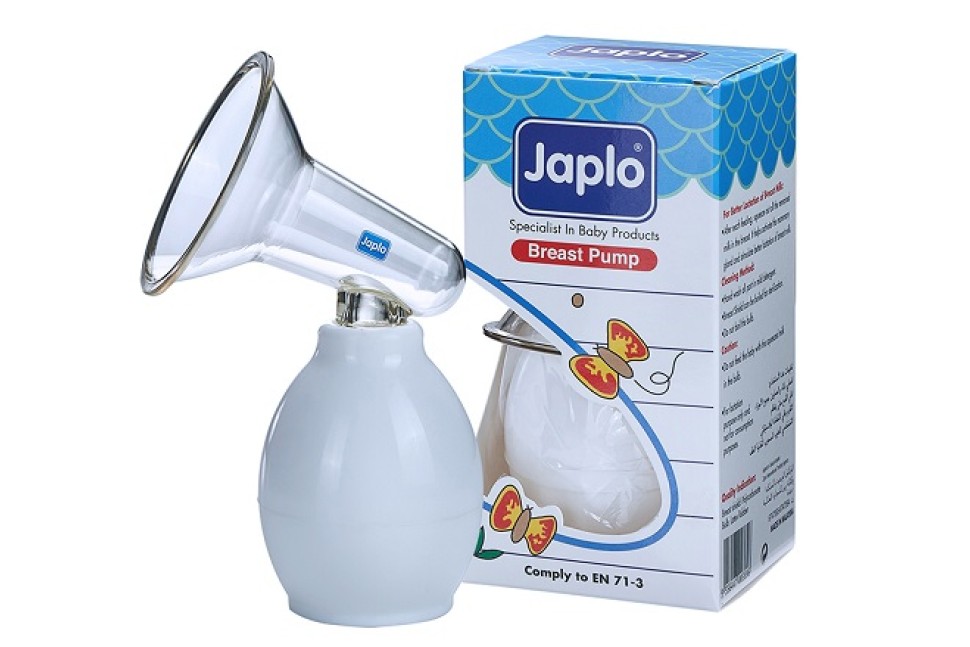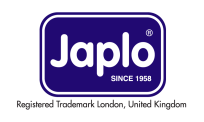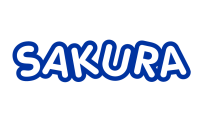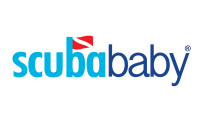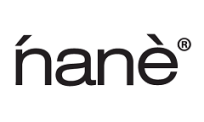Title: Expressing Breast Milk: A Guide to Pre-Feeding Preparation and Contamination Prevention
Introduction: Breast milk is a precious resource that provides optimal nutrition and essential antibodies for your baby's growth and development. As a breastfeeding mother, you may encounter situations where expressing breast milk before feeding becomes necessary. This article explores the benefits of expressing breast milk prior to feeding, highlights the advantages of using a manual breast milk expressor, and provides guidelines to ensure proper hygiene and contamination prevention.
Why Express Breast Milk Before Feeding: Expressing breast milk before feeding can offer several advantages for both you and your baby:
1. Hygiene and Contamination Prevention: By expressing a small amount of breast milk before feeding, you can clear any potential contaminants from the milk ducts. This initial milk, known as foremilk, contains a higher concentration of potentially harmful bacteria or residual milk from the previous feeding. Expressing this foremilk helps ensure that your baby receives the nutritious hindmilk, which follows. You could also use baby wipes for extra hygiene after expressing the foremilk.
2. Improved Milk Flow: Some babies may experience difficulty latching or have a weak suckling reflex. Expressing a small amount of breast milk can help initiate milk flow and make it easier for your baby to latch onto the breast. This can be particularly beneficial during the early stages of breastfeeding.
3. Relieving Engorgement: If you are experiencing breast engorgement, expressing a small amount of milk before feeding can help soften the breast, making it easier for your baby to latch. It also provides relief from discomfort caused by engorgement.
Advantages of Using a Manual Breast Milk Expressor: A manual breast milk expressor can offer unique benefits in the context of expressing breast milk before feeding:
1. Portability and Convenience: Manual breast milk expressors are compact and lightweight, making them easy to carry and use on-the-go. They do not require batteries or an electrical power source, allowing for greater flexibility and convenience, especially when traveling or away from home.
2. Gentle and Controllable Expression: Manual expressors give you full control over the pressure and rhythm of expression. This can be beneficial if you have sensitive breasts or prefer a gentler expression method.
3. Affordability: Compared to electric breast pumps, manual expressors are generally more affordable. They provide a cost-effective option for mothers who may need to express breast milk occasionally or prefer a more budget-friendly alternative.
Guidelines for Expressing Breast Milk Safely: Follow these guidelines to ensure proper hygiene and contamination prevention while using a manual breast milk expressor:
1. Wash Your Hands: Before expressing breast milk, thoroughly wash your hands with soap and water to eliminate any potential bacteria.
2. Use Clean and Sterilized Equipment: Ensure that the manual breast milk expressor, such as a hand pump, is clean and sterilized before each use. Follow the manufacturer's instructions for proper cleaning and sterilization techniques.
3. Choose a Clean and Comfortable Environment: Select a clean and comfortable space for expressing breast milk. Expressed milk can be discarded in a sink.
4. Use Baby wipes for general cleaning. If you are using a table cloth normally for cleaning baby accessories, it is advisable to use disposable baby wipes as the used cloth may be contaminated.

